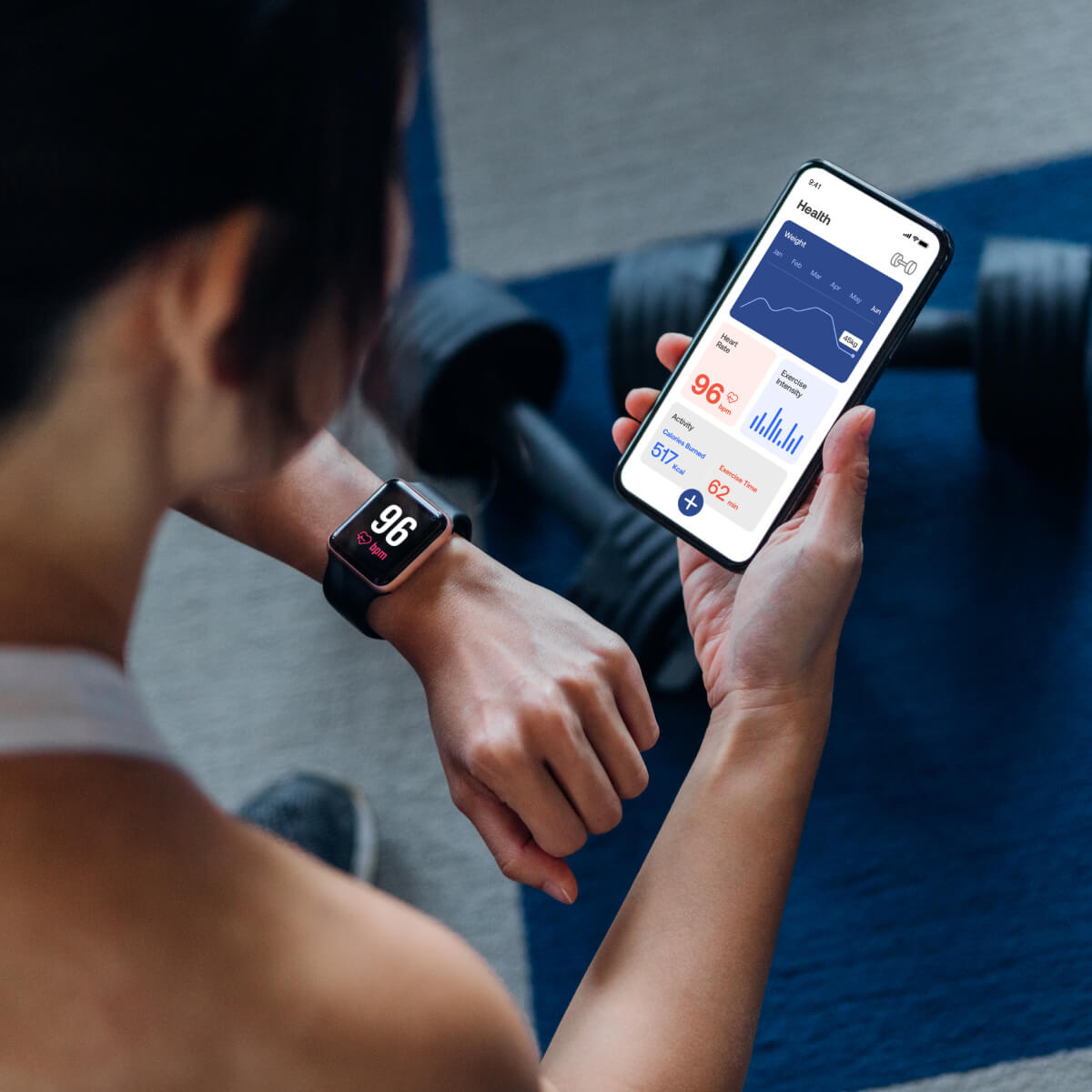Even before COVID-19, 80 per cent of CMOs agreed that Direct-to-Consumer (DTC) models had already impacted how they think about marketing . But here, in the aftershocks of the pandemic, healthcare’s drastically transformed landscape means its relationship with DTC is an altogether different conversation.
Talk of the DTC model in healthcare is nothing new — in fact, it’s been talked about for more than four decades! But, as many organisations took tentative steps into this arena, others stood on the sidelines, waiting for stronger indications of how the healthcare market would move. All the while, industry analysts warned the DTC bubble could burst.
Yet, suddenly, various external factors – the pandemic among them – have turned the dial up to eleven. After a sharp acceleration in the growth of DTC, healthcare businesses need a clear digital-first strategy or risk missing out entirely. So, how can providers stay on the front foot and grasp these emerging opportunities?
Let’s discuss.
The direct-to-consumer model in healthcare
Both inside and outside of healthcare, the DTC model has seen healthy growth. If you’re not entirely up-to-date on the topic, it essentially allows brands to cut out the middle man and instead go direct to their customer base via digital media. All kinds of advantages come with this, not least the closer relationship it allows businesses to foster with their consumers.
That’s not all. DTC also bestows companies greater control over pricing, promotion, disruption, and delivery of their output. As a result, it’s helped unlock immense growth for numerous organisations, and certainly isn’t limited to newer or online-only brands.
So why, then, have things moved more slowly in healthcare? For one, the complex legal and regulatory requirements intertwined with the industry present a barrier. Add to that outdated business distribution models, and it’s clear to see why healthcare is hesitant to adapt.
But the pandemic has upended healthcare as we once knew it. As a result, modernisation has become non-negotiable, and the adoption of new marketing strategies like DTC is inevitable for healthcare providers if they want to stay relevant.
What’s happening with direct-to-consumer marketing in healthcare?
We want to help you make sense of this new landscape, which is why we’ve put together a free PDF report that discusses acceleration of the DTC model in healthcare. In it, we break down key areas that influence healthcare opportunities—as well as a few pitfalls worth avoiding—and consider the pandemic.
By downloading our free report, you will receive information about:
- Changing consumer attitudes to healthcare and data collection.
- Integration of health data across digital devices.
- Increasing investment in DTC startups and their impact on the broader healthcare market.
- Options available to established market leaders in healthcare, including purchases and partnerships.
- How the tech giants are accelerating change and presenting new opportunities.
Contact us today to request your copy of the report: tristan@bigbrandideas.co.uk
How can your organisation adapt towards DTC?
Healthcare organisations need to act now or risk being squeezed out of the market.
It’s a daunting prospect, and not every organisation has the necessary expertise on tap. That’s why working with a digital partner that’s well-versed in integrated strategies for healthcare organisations can be transformative.
At TrunkBBI, we use a bespoke framework. It’s designed better understand who your audiences are, what they want to see, and how best to provide it. We can bridge the gap between your organisation and its customers using data-driven insights, thus propelling you towards your digital goals.


